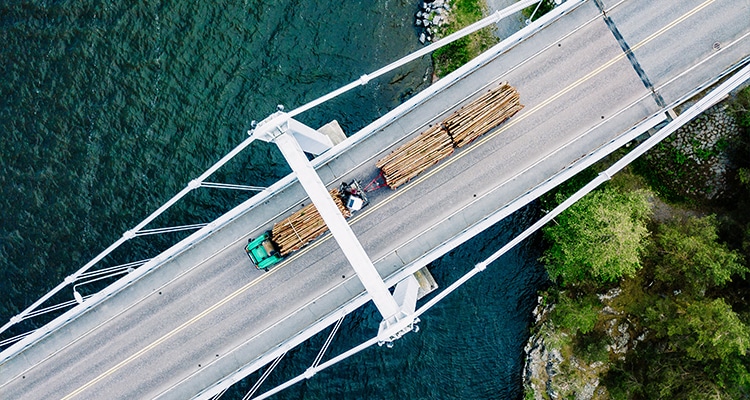Last month, we covered the IATA air shipping requirements for lithium batteries. This month, we are moving to two new sectors of transportation for hazardous materials: rail and vessel.
Rail transportation is considered the safest method (at least by land) to transport large amounts of hazardous materials. Because of this, if your company is shipping hazardous materials in sizable or heavy shipments, rail transportation may be a better choice than standard vehicle or air shipments.
However, choosing this method requires some advanced planning since trucks are still needed to connect the shipment from your facility to the station and then to the final location. The rail network is also limited, meaning rail shipments may have longer wait times than vehicle or air shipments. Additionally, rail shipments have stringent regulations in place (such as inspections at each location where the package is accepted) that can cause delays. However, these regulations help create the safety of this system.
If your hazardous shipment is going overseas, hazmat shipping on a vessel may be the best choice. The International Maritime Dangerous Goods Code (IMDG) regulates this method, including detailed instructions for individual hazardous substances to prevent environmental pollution. It particularly lays out instructions for combinations of substances that should not be packaged together. Be sure to check out these regulations if you are using this shipping method.
If you are shipping potentially hazardous materials via rail or vessel, use the hazardous materials table to identify the material’s hazard class, shipping name, and requirements for labeling and packaging. If the hazardous material is not part of bulk packaging, you must mark it with the correct shipping name, an identification number (this will start with “UN,” “NA,” or “ID”), and the consignee receiver’s name and address (172.302). Bulk packages must also have an identification number but may also require special permit packaging. One column on the hazardous materials table is for special provisions like this. In this column, “R” refers to a special rule that only applies for rail shipments.
The Department of Transportation requires all rail and water shipments to include a bill of lading. This document, which may be in paper or electronic form, contains information about the shipper, receiver, and shipment itself.
While following all the requirements of the hazardous materials table can be complicated, Chemical Safety Software’s transportation solution streamlines this process. It uses your chemical inventory to generate the required legal documentation to ship chemicals by rail or vessel. CSS’s cloud-based technology is also tied to Google Maps to help you track your shipment.
Next month, we will wrap up 2024 by looking back on this year’s articles. Check back then for a compilation of the most helpful resources we have shared this year.



